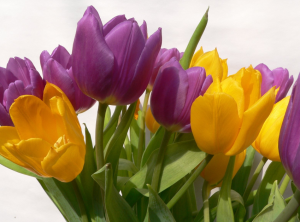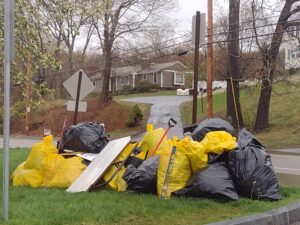Lawns and Landscapes
The best defense against pests is maintaining a healthy lawn naturally, using Integrated Pest Management (IPM). IPM promotes a variety of non-chemical (biological and mechanical) techniques for pest control and uses chemical controls selectively, only when necessary. There are many alternatives to pesticide use, such as beneficial insects like ladybugs and spiders, beneficial parasites like nematodes, and certain beneficial bacteria.
Pesticides

Although pesticides appear to be a good solution for lawn and garden pests, there are drawbacks to pesticide use for you, your landscape, and the environment. Pesticides, by definition, are toxic substances which may pose risks to people, pets, and wildlife. Some chemicals in pesticides remain potent and rain may transport them from your lawn to areas where they may have harmful effects. If you decide to use a pesticide, choose one that is selective for a specific pest. Many pesticides are non-selective and may kill desirable insects and plants. Whether you choose chemical pesticides or biological alternatives, carefully follow the product instructions.
Grubs

Grubs are the most common and difficult pest in Massachusetts. These beetle larvae feed on grass roots, killing large areas of turf in short periods of time and attracting animals such as skunks and moles that feed on grubs. One option in dealing with grubs is to plant a ground cover other than grass that will not perpetuate a grub problem. The most effective biological alternatives to pesticide use for grubs are two beneficial nematodes - Heterorhabditis bacteriophora and Steinernema glaseri. The use of these microscopic worm-like organisms is becoming more widespread and they can be found in many lawncare stores. To specifically control Japanese beetle grubs (white grubs), introduce a disease that kills these pests, called milky spore disease. Milky spore disease (commercially named Doom, Grub Attack, or Grub Killer) spreads slowly through the soil, possibly taking a season to bring the grub level down to one that the turf can handle, but the disease will continue to kill grubs for years.
More on Lawns & Landscapes...
Related Links









